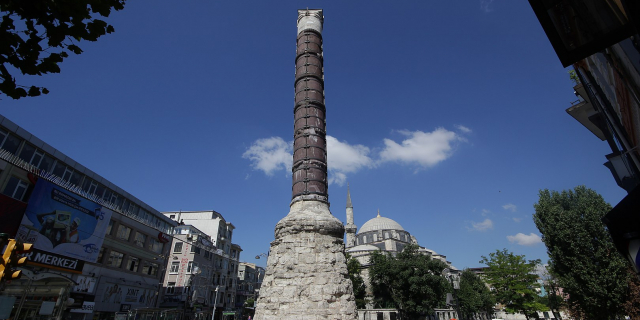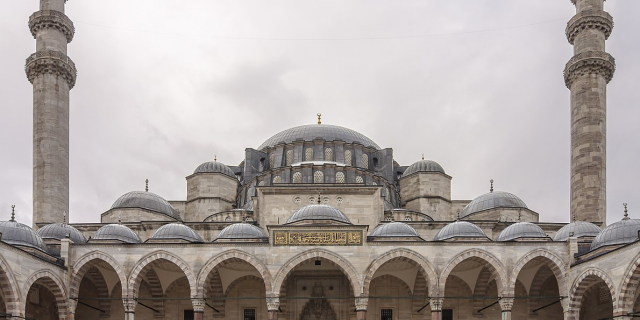The Obelisk of Theodosius (Greek: Οβελίσκος του Θεοδόσιου Α΄, Turkish: Dikilitaş) is the Ancient Egyptian obelisk of Pharaoh Thutmose III (1479–1425 BC), first erected during the 18th dynasty of Egypt. It was re-erected in the Hippodrome of Constantinople (known today as At Meydanı or Sultanahmet Meydanı, in the modern city of Istanbul, Turkey) by the Roman emperor Theodosius I in the 4th century AD.
The obelisk was first erected during the 18th dynasty by Pharaoh Thutmose III (1479–1425 BC) to the south of the seventh pylon of the great temple of Karnak. The Roman emperor Constantius II (337–361 AD) had it and another obelisk transported along the river Nile to Alexandria to commemorate his ventennalia or 20 years on the throne in 357. The other obelisk was erected on the spina of the Circus Maximus in Rome in the autumn of that year, and is now known as the Lateran Obelisk. The obelisk that would become the obelisk of Theodosius remained in Alexandria until 390; when Theodosius I (379–395 AD) had it transported to Constantinople and put up on the spina of the Hippodrome there.[1]

































Add new comment